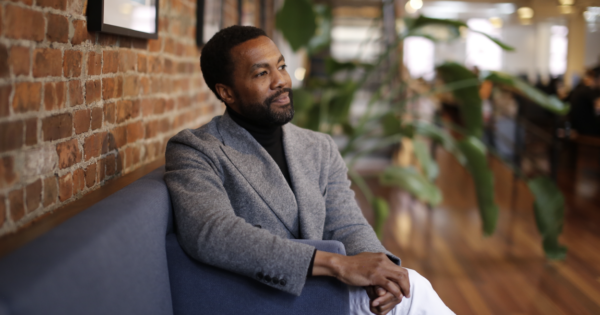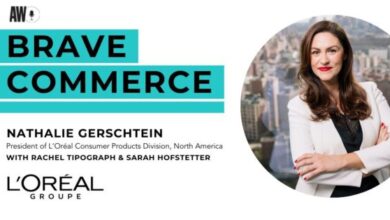
As the agency looks to grow its business practices, it isn’t looking to grow its talent base much beyond its 110 employees.
“There is unlocked value in this organization that isn’t going to require us to add headcount in terms of growing what I would call a portfolio of products and services that the market is going to give us permission to deliver,” said Brown.
Pearlfisher will explore responsible growth while retaining its independence. It’s looking at possibly adding satellite offices where it makes good business sense, but that growth must be driven by client needs.
Ford noted that the agency works with clients in multiple foreign markets, including China, so there are opportunities to expand there and grow the agency’s reputation.
“Jason’s got a really good platform on which to take us into new exciting areas that we know we’re not currently in, in the same way that we’ve explored new exciting areas all the way through,” said Ford.
Addressing new trends and AI
Brown said that AI will impact, and potentially upend, the design industry, depending on the actual use of the software, platforms, tools and tactics. It can either represent a threat, or something that actually fortifies the work.
“It’s going to be important for us to, rather than sit back in a place of fear of the change, to embrace it immediately, get smart as quickly as we can, and figure out how it becomes a force multiplier for us versus something that we’re battling against,” said Brown.
Ford added that AI is having an influence on all creative industries, comparing its arrival to the rise of Mac technology when Pearlfisher first started. He sees another huge leap with AI but is cautious about the inherent risks, noting that humans should exercise their brains creatively rather than delegate to a machine or algorithm, which invites all the originality and copyright infringement problems that come with AI.






